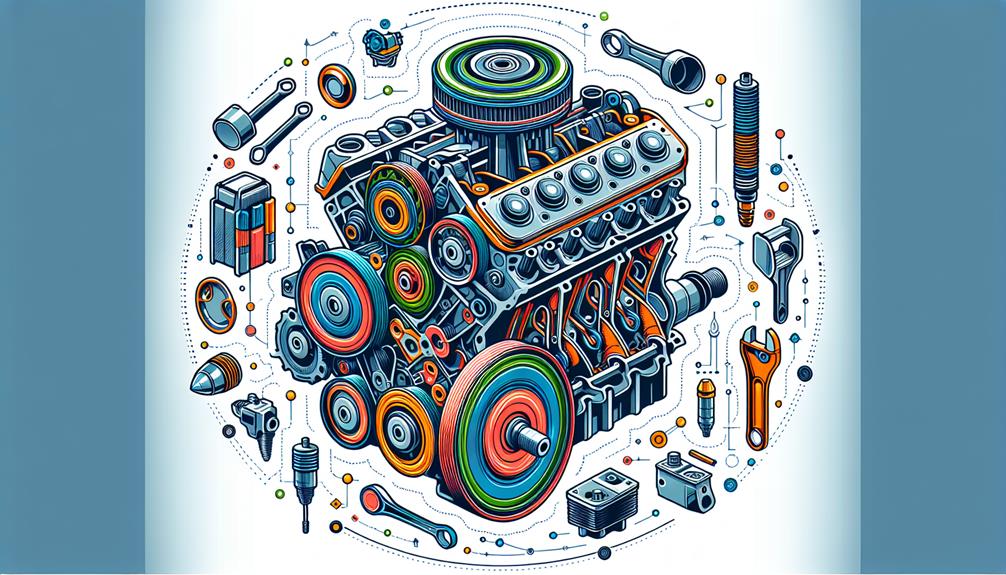
Pistons, Valves, and Cams: The Building Blocks of Car Engines
February 15, 2022Gardens of the World: A Global Botanical Adventure in Thousand Oaks, CA
February 23, 2022In the realm of automotive mechanics, one’s proficiency is largely determined by a comprehensive grasp of engine anatomy, including the function and interrelation of each individual component. An engine, the heart of any vehicle, is a complex assembly of parts working in harmony to convert fuel into mechanical power. This intricate mechanism is composed of several key components such as the cylinder block, piston, connecting rod, crankshaft, and valve train, each playing a pivotal role in the overall performance and efficiency of the vehicle. The study of these components, their operation, and their symbiotic relationship is a fundamental prerequisite for any aspiring or established auto mechanic. While the details may initially seem overwhelming, a systematic exploration of each part and its function can provide a profound understanding of this fascinating machine. Stay with us to further unravel the intricacies of this mechanical marvel.
Understanding Engine Components
While it may seem complex, every engine, regardless of its type or size, is composed of a set of essential components, each with a specific function, working in tandem to convert fuel into mechanical power. Critical components include the cylinder, which houses the piston and controls the engine’s power output based on the number of cylinders and their arrangement. The spark plug initiates combustion by igniting the air-fuel mixture, while the valve controls the flow of this mixture and exhaust gases. The crankshaft transforms the linear motion of the piston into rotational motion for the wheels. The timing belt ensures that valves and pistons operate synchronously to prevent collisions. Understanding these components forms the foundation of engine mechanics.
Functionality of Engine Parts
Building on our knowledge of the fundamental components of an engine, we will now explore the specific functionalities of these parts in detail. The engine block, the heart of any engine, houses cylinders where the combustion process takes place, generating power. The pistons within these cylinders move up and down, compressing the air-fuel mixture and sparking ignition via the spark plug. Camshafts control the opening and closing of valves for fuel intake and exhaust release. Meanwhile, the crankshaft converts the resulting linear motion into rotational motion, driving the vehicle’s wheels. The timing belt ensures coordinated movements of these parts. Finally, the oil pan beneath the engine block collects and circulates engine oil for lubrication, cooling, and cleaning.
Conclusion
In conclusion, an engine’s anatomy, with its intricate components and complex functions, represents a marvel of engineering. Each part, from pistons to cylinder heads, fuel injectors to spark plugs, is essential for optimal engine performance. Understanding this intricate system is fundamental to proficient auto mechanic practice. The comprehensive knowledge of these components and their functionalities is indeed a testament to the ingenuity of automotive engineering.




